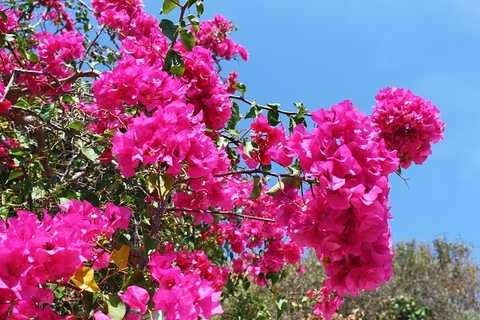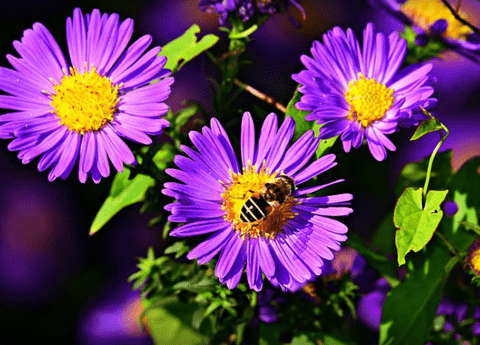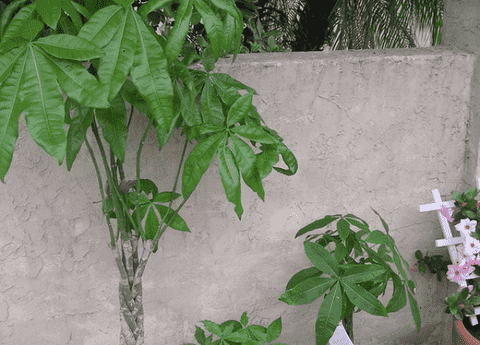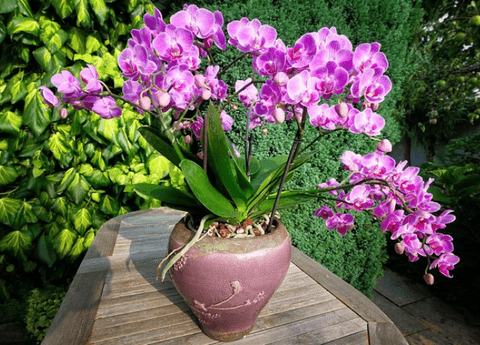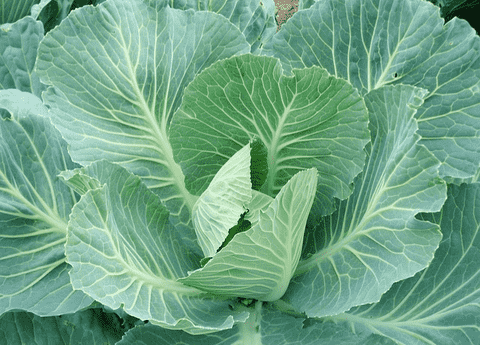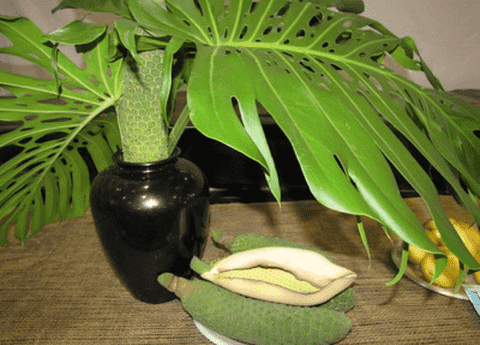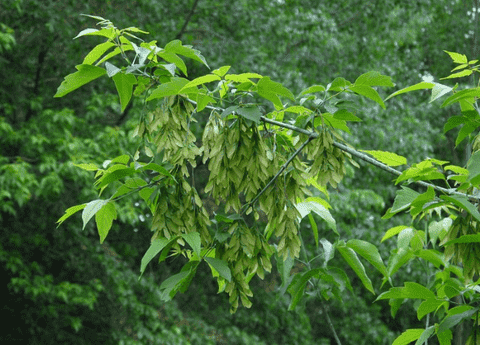Mastering Bougainvillea Care: Expert Tips for Thriving Blooms
Table of Contents
Bougainvillea, with its vibrant hues and lush foliage, can transform any garden into a tropical paradise. However, mastering the care of this stunning plant can be a bit challenging for even seasoned gardeners. From understanding its unique watering needs to providing the right soil conditions and pruning techniques, every aspect of bougainvillea care requires a touch of expertise. In this guide, we will delve into essential tips and tricks to help you nurture your bougainvillea to its full blooming potential, ensuring that your garden remains a colorful spectacle year-round.
Choosing the Right Environment
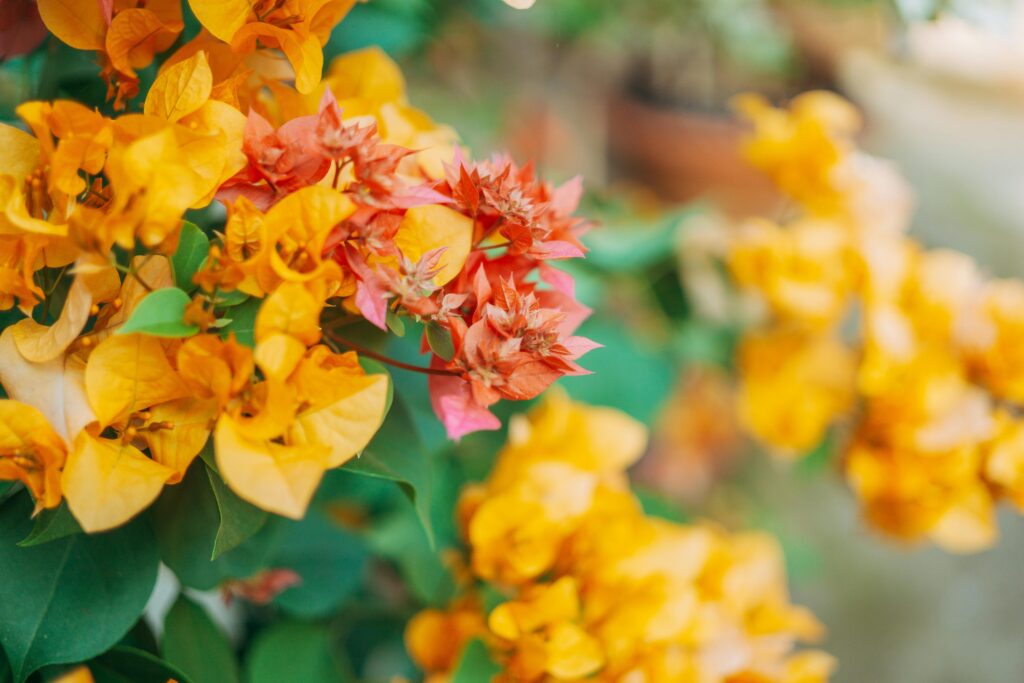
Ideal Climate Conditions
Bougainvillea thrives in warm, tropical, and subtropical climates. It prefers regions where temperatures remain above 60°F (15°C) throughout the year. While it can withstand brief periods of cooler temperatures, prolonged exposure to cold can damage the plant. Frost and freezing conditions are detrimental and should be avoided at all costs. For optimal growth, bougainvillea requires full sun, ideally receiving at least 5 hours of direct sunlight daily. This exposure encourages vibrant blooms and healthy foliage. If you live in a cooler climate, consider growing bougainvillea in containers that can be moved indoors during colder months. Additionally, maintaining humidity levels between 50% and 70% will help keep the plant happy. Understanding these climate needs ensures your bougainvillea receives the right conditions to flourish year-round.
Soil and Planting Tips
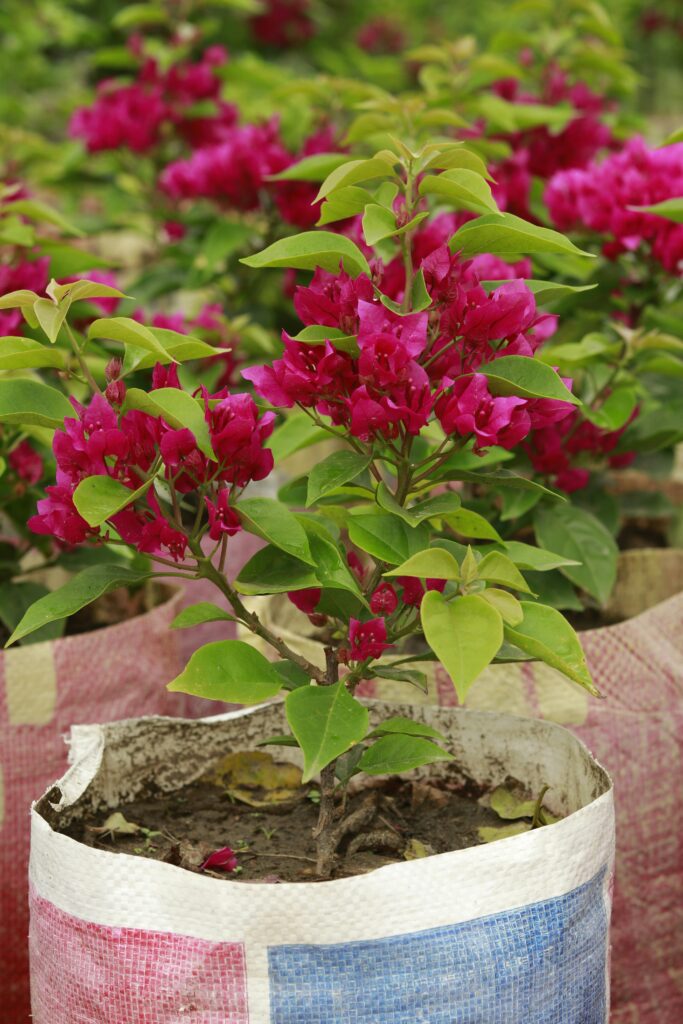
Bougainvillea flourishes in well-draining soil, as it is highly susceptible to root rot if left in waterlogged conditions. A soil mix that combines garden soil with sand or perlite is ideal, ensuring a balance between moisture retention and drainage. Planting bougainvillea on a slight slope or in raised beds can further promote proper drainage. When planting in containers, choose pots with adequate drainage holes and use a high-quality potting mix designed for succulents or cacti. It’s important to avoid soils that are too rich in organic matter, as overly fertile soil can lead to excessive foliage growth at the expense of blooms. When planting, position the root ball so that the top sits level with the surrounding soil. Water thoroughly after planting to help the roots establish, but be cautious not to overwater. Proper soil and planting techniques are key to ensuring your bougainvillea thrives.
Sunlight and Watering Needs
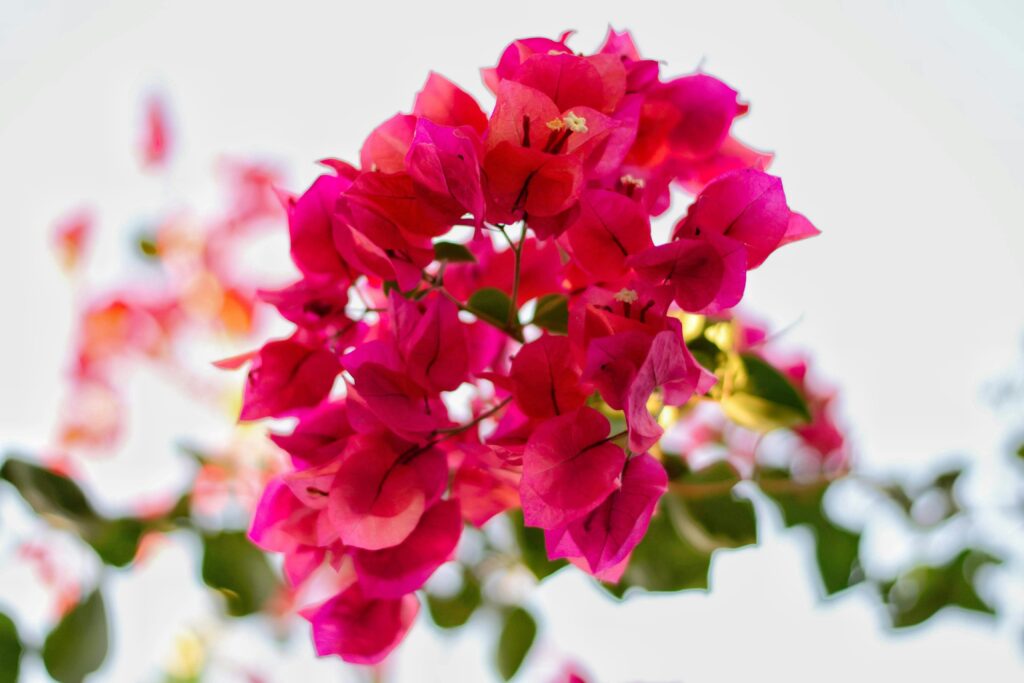
Bougainvillea plants require ample sunlight to produce their vibrant blooms. Place your bougainvillea where it can get at least 5 hours of direct sunlight daily. The more sun exposure, the better the plant will flower, making full sun an ideal condition. Insufficient light can result in sparse blooms and leggy growth, diminishing the plant’s aesthetic appeal.
When it comes to watering, bougainvillea prefers a ‘dry out’ approach. Allow the soil to dry out between watering sessions to prevent waterlogged conditions, which can lead to root rot. During the growing season, water your plants thoroughly but less often. In winter, when the plant’s growth slows, watering is reduced. Overwatering is a common mistake, so it’s crucial to monitor the soil moisture levels regularly. Proper sunlight and careful watering are fundamental to keeping your bougainvillea healthy and blooming profusely.
Essential Maintenance Practices
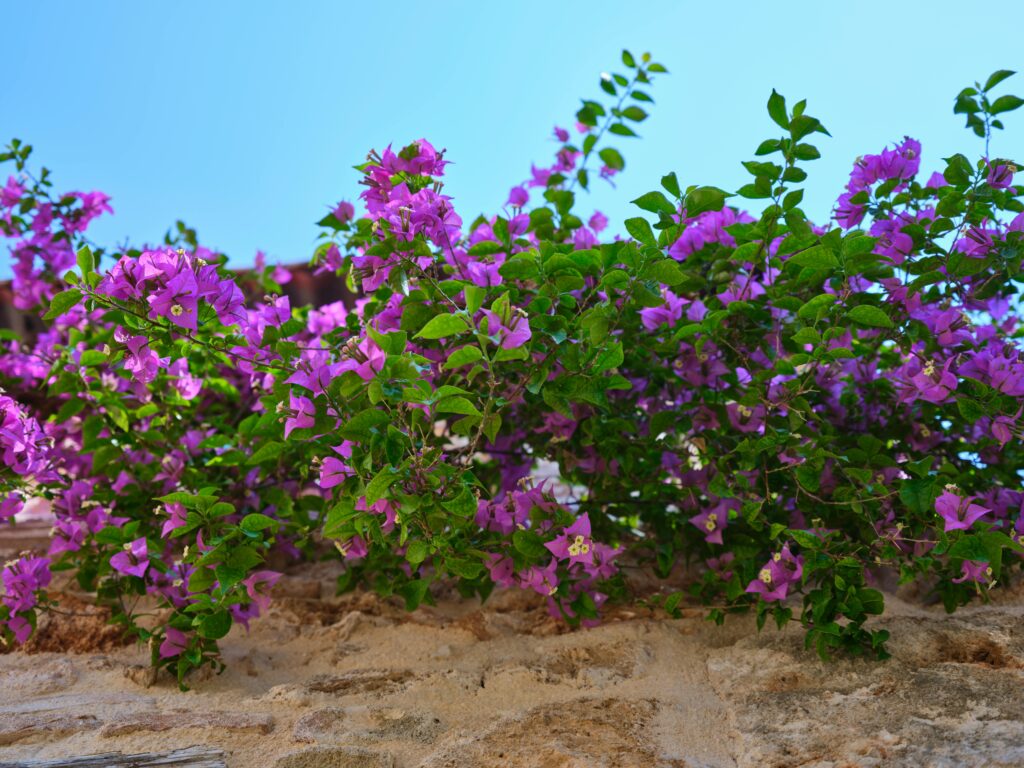
Pruning for Maximum Blooms
Pruning is a critical practice for encouraging maximum blooms and maintaining a healthy bougainvillea. The best time to prune is during the late winter or early spring, just before the new growth cycle begins. Start by trimming any dead or damaged branches. This enhances the plant’s appearance and helps prevent the spread of disease. Next, trim back the long, leggy stems to promote bushier growth. Focus on cutting just above a node, as this is where new shoots will emerge.
Regular pruning also helps control the size and shape of the plant, preventing it from becoming too unruly. For continuous blooming, consider light pruning throughout the growing season to remove spent flowers and encourage new blooms. Remember, bougainvillea blooms on new growth, so consistent, careful pruning can lead to a more prolific display of flowers. Proper pruning techniques ensure your bougainvillea remains vibrant and flourishing.
Fertilizing Strategies
To keep your bougainvillea thriving, adopting the right fertilizing strategy is essential. Bougainvillea benefits from a balanced fertilizer that encourages blooming without promoting excessive foliage growth. Use a fertilizer with a balanced ratio, such as 10-10-10, or one specifically formulated for bougainvillea. Apply the fertilizer every four to six weeks during the growing season, typically from spring through early autumn.
Ensure you follow the manufacturer’s instructions for dosage, as over-fertilizing can lead to root burn and reduced flowering. Avoid high-nitrogen fertilizers, as they can result in lush green leaves but fewer blooms. In addition to regular fertilizing, consider using a slow-release fertilizer at the beginning of the growing season to provide a steady supply of nutrients over time. By adhering to these fertilizing strategies, you can support your bougainvillea’s health and maximize its blooming potential, ensuring a vibrant display of color in your garden.
Pest and Disease Management
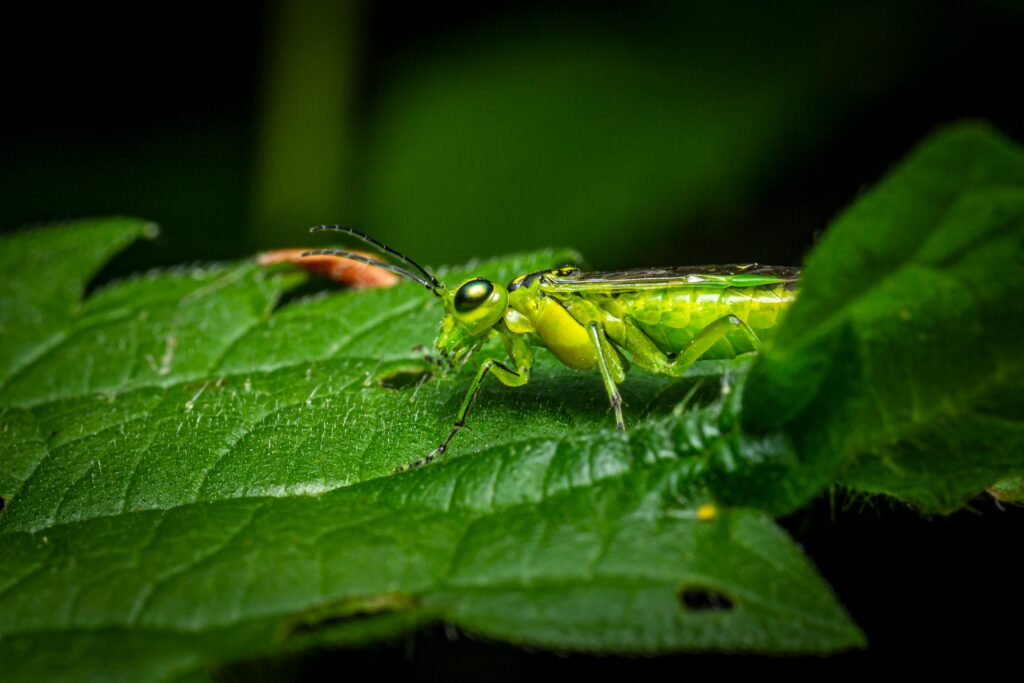
Effective pest and disease management is crucial for maintaining a healthy bougainvillea. Common pests that affect bougainvillea include aphids, spider mites, and whiteflies. Regularly inspect the plant for signs of infestation, such as discolored leaves, webbing, or visible insects. If pests are detected, treat the plant with insecticidal soap or neem oil, following the manufacturer’s instructions.
Bougainvillea can also be susceptible to fungal diseases, particularly in humid conditions. To minimize the risk, ensure good air circulation around the plant and avoid overhead watering. If you notice symptoms like leaf spots or powdery mildew, remove the affected parts and apply a fungicide suitable for ornamental plants.
Additionally, maintaining proper watering practices helps prevent root rot, a common issue when the soil remains too wet. By staying vigilant and addressing problems promptly, you can effectively manage pests and diseases, ensuring your bougainvillea remains healthy and vibrant.

